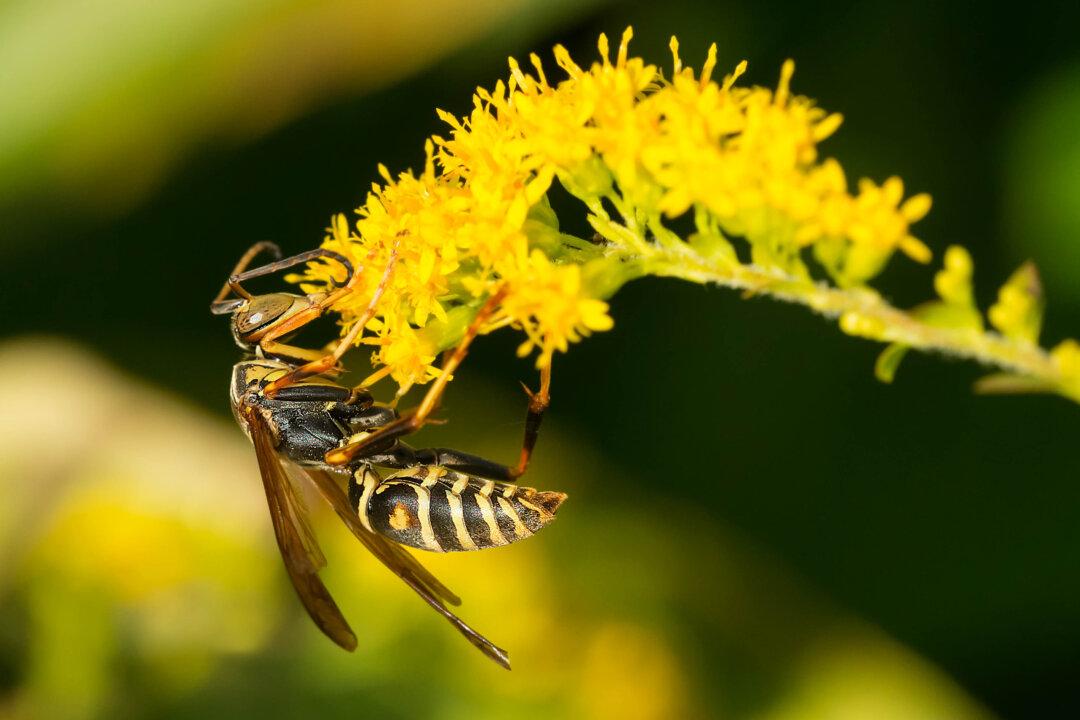Q: My patio is being overrun with yellow jacket bees. I want to find the nest and spray them, but it seems that the nest isn’t in my yard. A friend said they are beneficial insects. Are they really doing good for my garden, or can I just get rid of them if I find the nest?
A: Yellow jackets are not bees but are small yellow and black wasps up to an inch long. Bees are vegetarian in all life cycle stages, but wasps eat meat during at least some portion of their life. They are either predators or parasites of other insects, making them beneficial insects. Adults are useful pollinators as they search for nectar.





